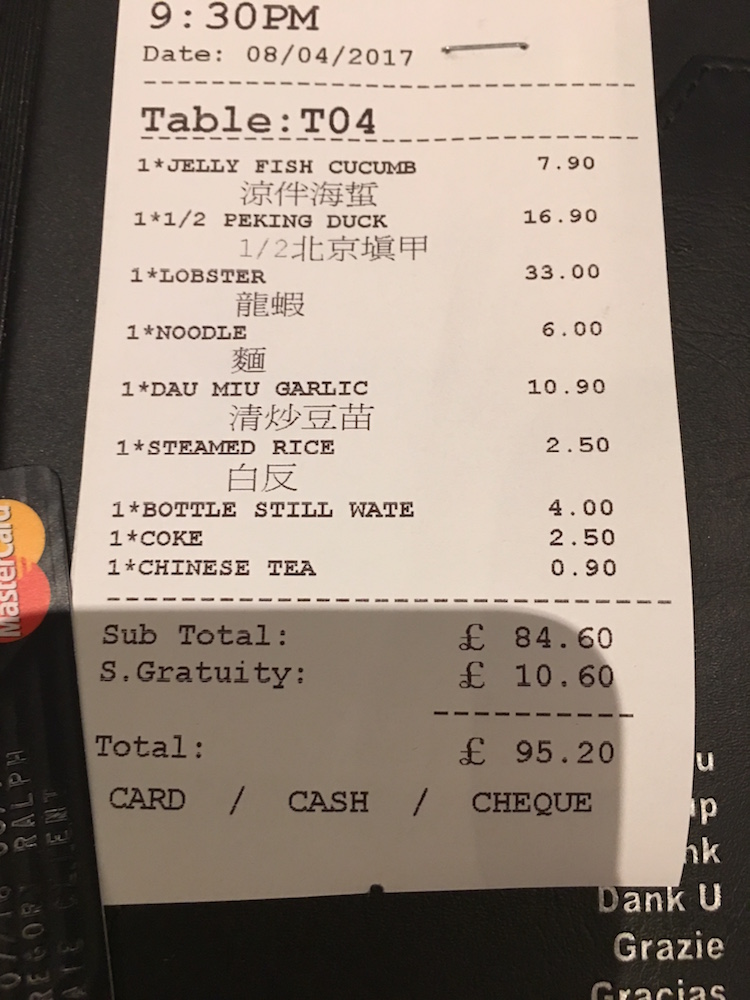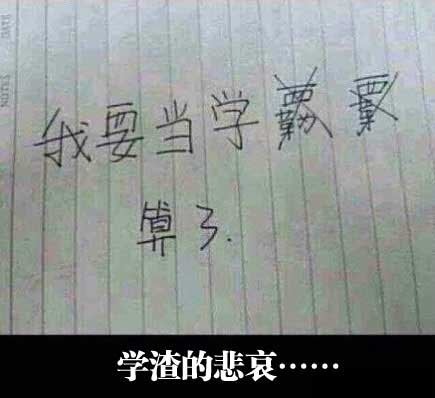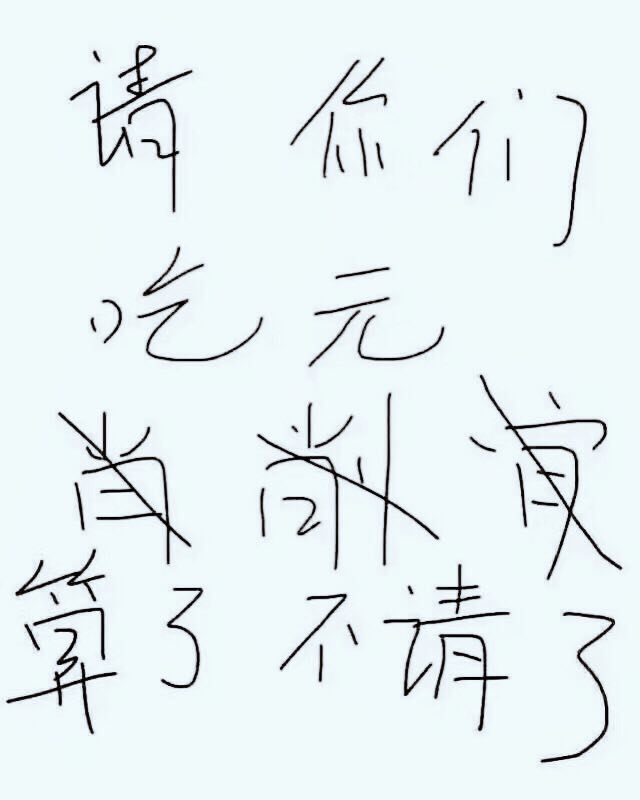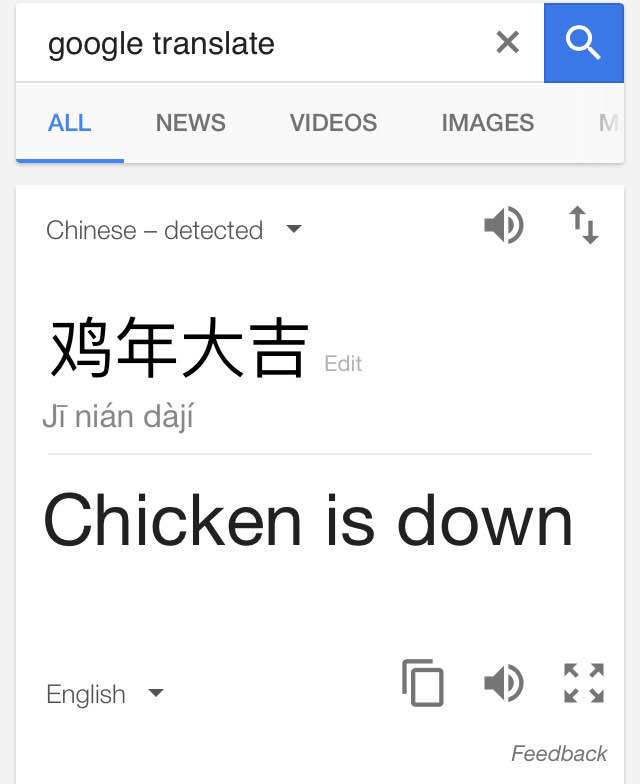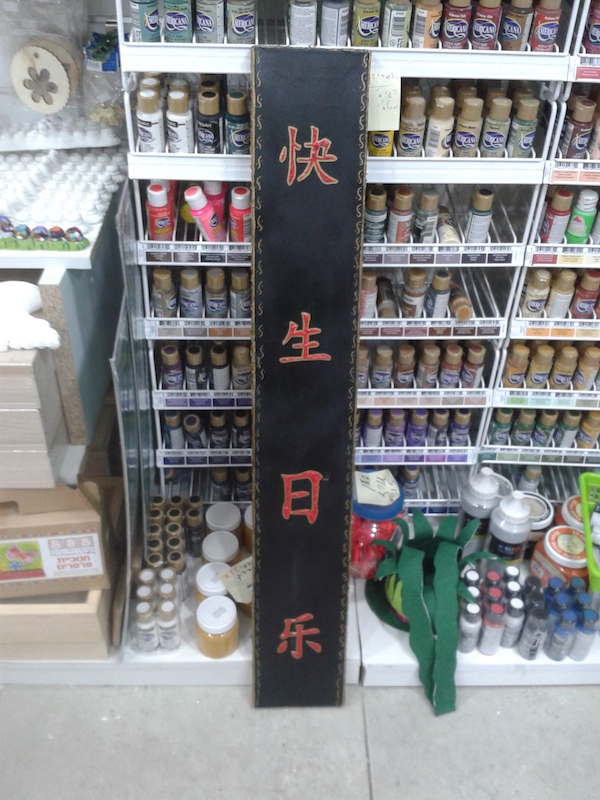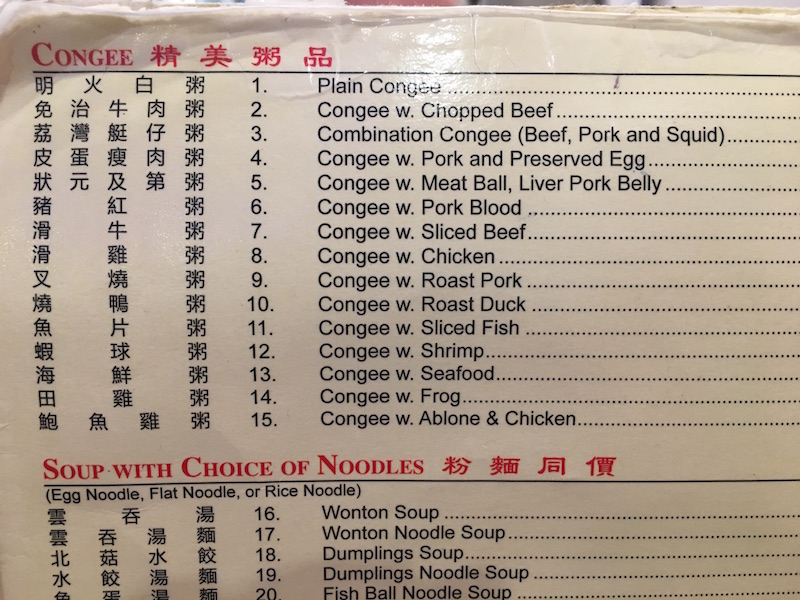A common, horrendous typo in Chinese
In "Renewal of the race / nation" (6/24/17), we've been coming to grips with the sensitive, vital term "mínzú 民族" ("nation", "nationality"; "people"; "ethnic group"; "race"; "volk").
If we add an "h" and change the tone of the second syllable from 2nd to 3rd, we get mínzhǔ 民主 ("democracy"), another key term in modern political parlance.
Next, we add a "g" to the end of the first syllable, yielding míngzhǔ 明主 ("enlightened ruler") — this is a traditional term for an emperor, king, etc. that goes back well over two thousand years.
Politically speaking, mínzhǔ 民主 ("democracy") and míngzhǔ 明主 ("enlightened ruler") are polar opposites. If you have míngzhǔ 明主 ("enlightened ruler"), then you don't have mínzhǔ 民主 ("democracy"), and vice versa. Yet this is a very common error that often goes uncorrected (see the example sentences here). People want to type mínzhǔ 民主 ("democracy"), but they end up with míngzhǔ 明主 ("enlightened ruler").
Read the rest of this entry »
